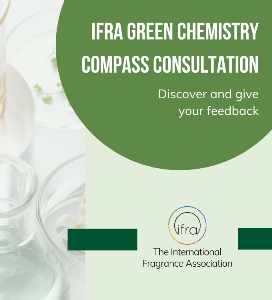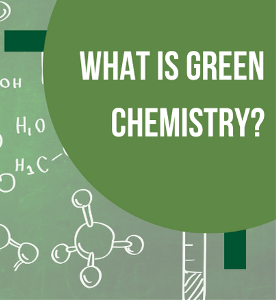

The IFRA Green Chemistry Compass is available below and at the following sharepoint link: here.
To support users in making the most of the Green Chemistry Compass, a powerpoint video tutorial and presentation have been developed:
The IFRA-IOFI Sustainability Charter defines the collective framework for common sustainability actions at the flavor and fragrance sectors' levels.
To meet the IFRA-IOFI Sustainability Charter element 2.3, 'We are inspired by Green Chemistry', the International Fragrance Association (IFRA) has developed the IFRA Green Chemistry Compass, a harmonized tool in a wider sustainability toolbox.
This Green Chemistry tool was developed by a team of fragrance industry subject matter experts in collaboration with Dr John Warner and education resources provider Beyond Benign.
The IFRA Green Chemistry Compass is intended to help manufacturers of fragrance ingredients of all sizes and in all geographies to integrate green chemistry principles across company platforms in the design of safer and more sustainable materials using the following approaches:
The IFRA Green Chemistry Compass is now ready to be tested by a wide range of users in an open and inclusive consultation - and which will be available on this page shortly.
You can access the Green Chemistry Compass below

Green chemistry is the design of chemical products and processes that reduce or eliminate the use or generation of hazardous substances. Green chemistry applies across the life cycle of a chemical product, including its design, manufacture, use, and ultimate disposal. Green chemistry:
There are 12 Principles of Green Chemistry:

While all 12 Principles have applications to the flavors and fragrances industry, this Compass focuses on the most common ones used: Principles 1, 2, 3, 4, 5, 6, 7, 9, 10 and 12. These also align with the IFRA-IOFI Sustainability Pillars and the UN Global Sustainable Development Goals.
